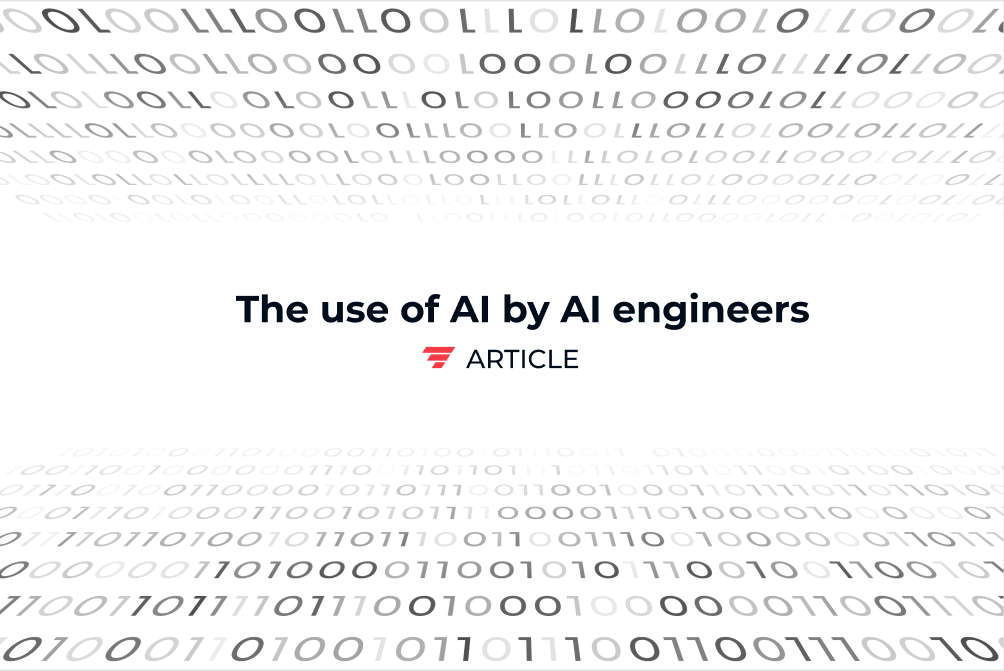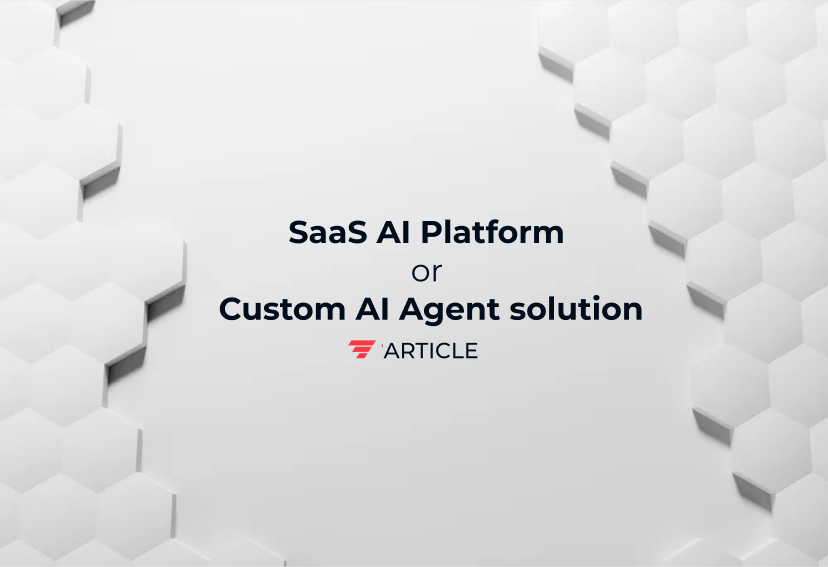Grounding in AI
Grounding in AI is the process of connecting abstract symbols, representations, or language models to real-world entities, concepts, and experiences, enabling systems to understand what their internal representations actually mean. This fundamental challenge addresses the symbol grounding problem, where AI must link computational symbols to their referents in physical reality. Grounding occurs through multiple modalities: visual grounding connects language to images, embodied grounding links actions to physical consequences, and conceptual grounding maps abstract concepts to concrete experiences. Modern approaches include contrastive learning between text and images (like CLIP), reinforcement learning in physical environments, and multimodal training that associates language with sensory data. Grounding enables AI systems to move beyond pattern matching toward genuine understanding of meaning and context. For AI agents, proper grounding is essential for reliable decision-making, safe physical interaction, and accurate interpretation of instructions in real-world environments.
Want to learn how these AI concepts work in practice?
Understanding AI is one thing. Explore how we apply these AI principles to build scalable, agentic workflows that deliver real ROI and value for organizations.




